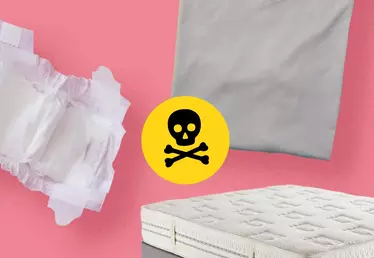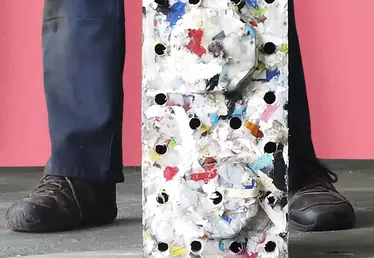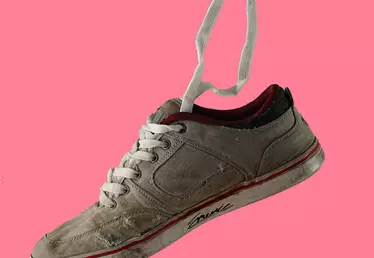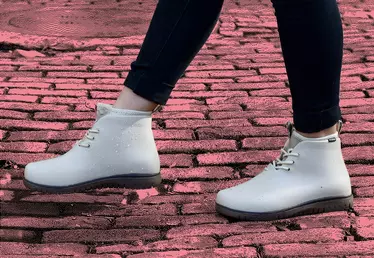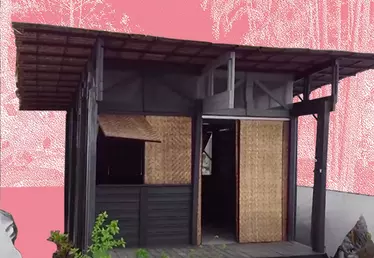
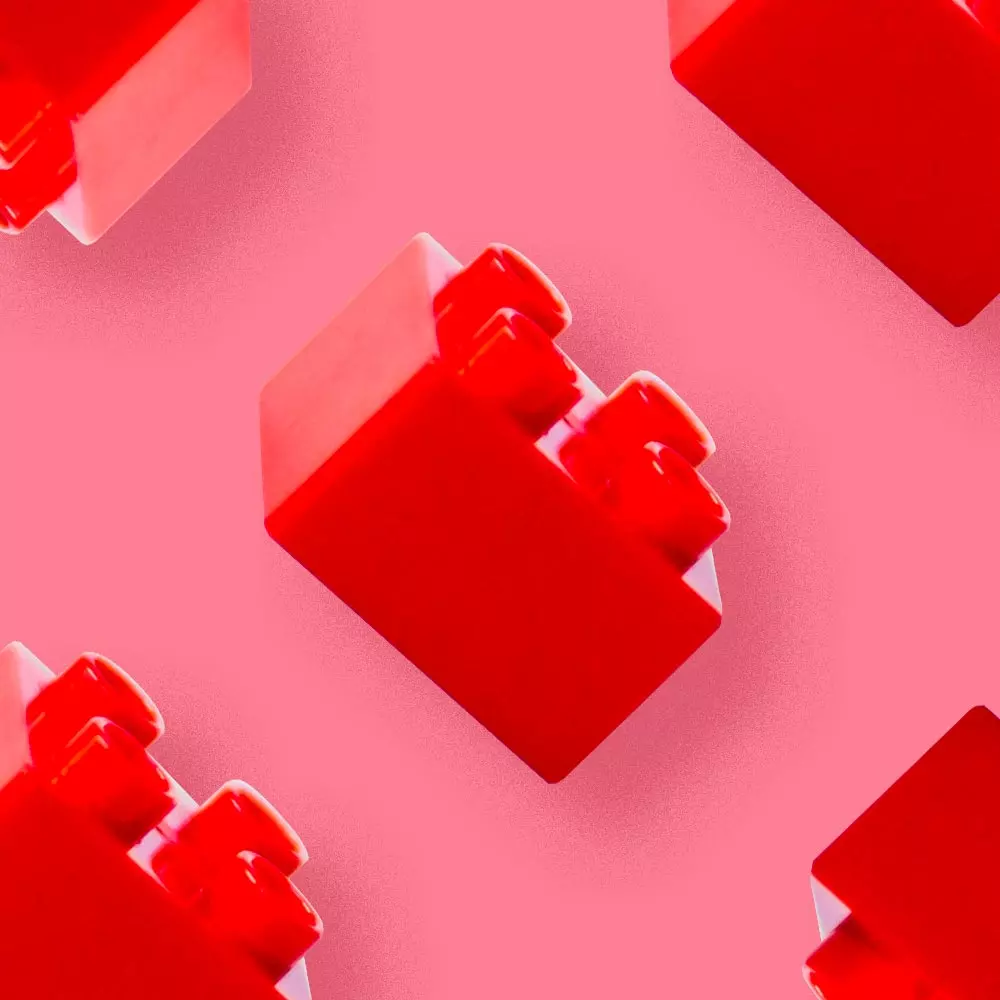
Hero banner custom title
LEGO lays the bricks for tomorrow's circular economy
5 min
From eco-design to recycling, the world-famous toy brand is completely redecorating its entire range in circular economy colors. The latest announcement is record investment to better manage its resources.
400 million dollars - LEGO's latest investment in the circular economy, announced in September 2020. The Danish company, which specializes in small plastic building bricks, is going all out to completely transform its business model and embrace the circular economy.
An investment commensurate with the challenges LEGO faces in this respect. The first relates to the very design of its little bricks. Today, the vast majority of its toys and packaging are made from plastics made using fossil fuels. A non-renewable resource, and one that emits high levels of greenhouse gases. For example, according to the French Agency for Ecological Transition (ADEME), one kilogram of plastic packaging emits 2 kg of CO2, largely due to the extraction of the oil needed to manufacture it.
Heading for bioplastics
Thanks to its latest $400 million investment, LEGO plans to test sustainable packaging (paper bags, for example) and transform its plants so that 100% of its packaging is eco-responsible by 2025.
And by 2030, the entire production process is to go green with bioplastic toys and zero fossil fuel-based plastics.
Currently, bio-based materials are used in only 2% of LEGO bricks.
The Danish company therefore intends extending the use of biopolyethylene in all its toys. This plastic material is made from plants, in particular sugar cane fibers, the production of which helps reduce greenhouse gases as the plant captures carbon dioxide from the atmosphere. And the icing on the cake? Biopolyethylene can be recycled, which is not the case for the plastics the company is currently using.
Replay program
LEGO's other major challenge in moving to the circular economy is waste management. According to a study by the University of Plymouth in the UK, a LEGO brick can survive 1,300 years in the ocean! Which is where a large proportion of non-recycled plastics end up. 1,300 years during which they will be harming the marine ecosystem.
Although LEGO bricks are often passed down from generation to generation, some end up in landfills or in the oceans. LEGO estimates that figure to be 4%, and aims to give them a second life. This is the focus of the LEGO Replay program, which will benefit from the recent investment. Already operating in the United States and Canada, this initiative allows parents and children to send their unused bricks back to the brand - free of charge. LEGO then sorts them before donating them to children through local charities.
Since its launch in 2019, the program has already given nearly 80 metric tons of LEGO bricks a second lease of life.
Concerned consumers
To achieve its ambitions, LEGO has also recently joined the Ellen MacArthur Foundation in order to benefit from the NGO’s various areas of expertise and the initiatives launched by its other members, such as Veolia. The Foundation actively fights plastic pollution, in particular through its "Our Ocean" project, a worldwide commitment to eliminate plastic waste signed by a large number of organizations. There is also the New Plastics Economy initiative, in collaboration with the United Nations Environment Programme which is committed to eradicating plastic waste and the pollution it generates at source, and counts Veolia among its members.
These commitments largely echo those of LEGO: "Everything we do at LEGO is focused on children. Our sustainability ambitions are no different. We want to build a better planet for future generations. And that means protecting our natural resources. Becoming a more circular company is key to meeting this challenge," says LEGO's vice president of environmental responsibility, in a recent press release.
An observation shared by consumers: according to an NDP poll, 47% of consumers have already decided against buying a toy because of environmental concerns.






